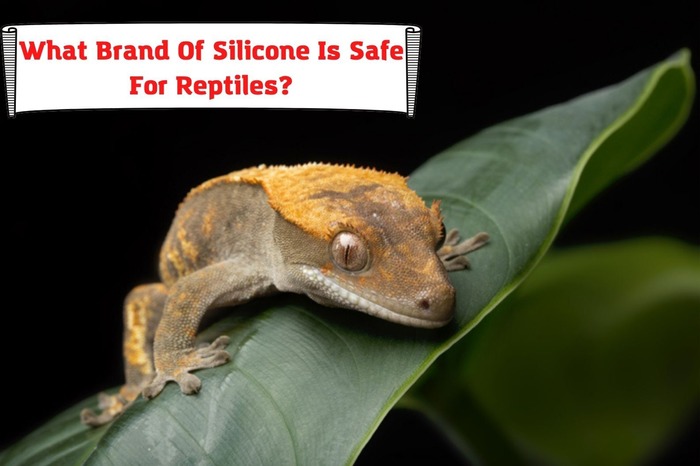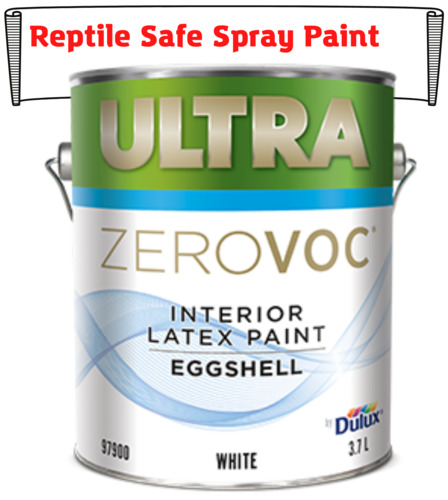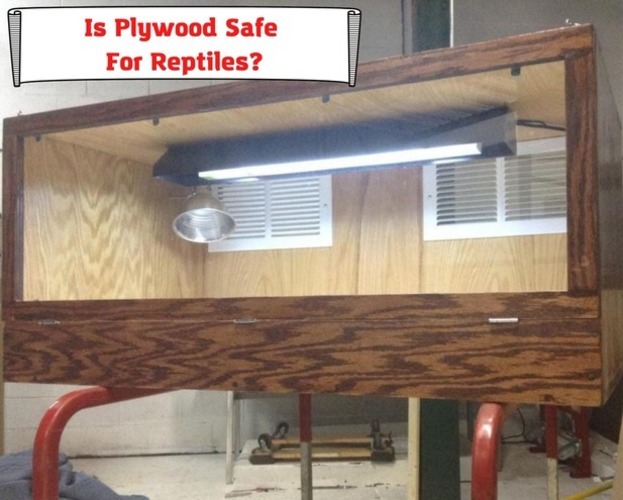A newt in a paludarium is a pretty sight to behold. However, newts are very different from other popular amphibians and reptiles in the hobby of reptile-keeping.
Because of their special nature, a few things must be considered when building a paludarium for them. Are you thinking about how you can cater to their terrestrial and aquatic needs to ensure that they live healthy and fulfilling lives?

Here is a detailed list of some of the most important things to know before building a paludarium for your newt.
Check them out!
Important Things to Know about Newts
Some of the most common newt species in the reptile-keeping hobby include the Chinese fire belly newts, Eastern newts, Japanese newts, Emperor newts, Chinese warty newts, Spanish ribbed newts, Red-tailed knobby newts and Paddle-tailed newts.
Essentially, newts are salamanders in the Pleurodelinae family. One of their basic traits is that they are semi-aquatic critters. They live in water and on land. Although they usually are terrestrial lizards when they reach adulthood, they start as aquatic larvae in water.
Newts are amphibians. Unlike many lizards with thick and scaly skins, newts breathe through their skins. They also absorb water through their skins. This means of respiration is the reason some people call newts “Lungless salamanders”.
Upon reaching adulthood, they tend to spend considerable time on land. But they must return to the water during the spawning season for reproduction.
When building a paludarium for your newt, these are a few things you want to keep in mind.
But there are other more important things you should know that affect the quality of your critter’s life if you want to house it in a paludarium.
Some of these main concerns are discussed below:
Here’s What You Should Know
Here are some main things to know before building a paludarium for your newt.
1) Housing Topography
The topography of your paludarium is of the utmost importance if you want your newt to live a fulfilling life.
Since newts are semi-aquatic critters, they alternate between land and water as they please or as the natural stages of growth necessitate. So, if you are building a paludarium for your newt, how you separate land from water is very important.
Some suggest that it would be best to separate the aquatic part of the paludarium from the terrestrial part with glass and some sealants. While this may seem logical, a better way to separate the land from the water is to create a gradient.
You want to design the paludarium so that the land slopes into the water. This will ensure ease of movement from the water to the land.
Another benefit of this means of separation is that your newt is less likely to be at risk of bodily injury since it does not have to cross over any glass barricade to access land or water.
Another thing you want to ensure is the moisture gradient. With the right type of substrate, you want to ensure a moisture gradient in your paludarium.
One end of the land in your paludarium must be drier than the other so that your newt can choose where to stay for comfort as it pleases.
If the terrestrial part of the paludarium seems too moist or soggy, you want to increase ventilation so that you can get rid of some of the moisture in the substrate.
2) Water Quality
Although creating the right water-to-land ratio is important, water quality is a more serious concern. Newts absorb water through their skins. So if your water source has harmful chemicals, your critter is at a serious health risk.
The ideal water pH for newts is 7.5, but most newts will cope well with a water pH range between 6.5 – 7.5.
It would be wrong to use tap water, as most tap water sources add chlorine and chloramine to the water. These chemicals will negatively affect your newt’s health if absorbed through the skin.
Another lethal chemical you want to be careful about is ammonia. Ammonia is usually a result of decomposed organic matter in the water.
You want to have a test kit on hand to monitor the ammonia levels of your water. You also want to keep it as close as possible to 0 ppm. Anything in the region of 1.2 ppm or above is lethal to your critter.
You can keep it in check by frequently performing a 50% partial water change. You can also add some filters to your paludarium to ensure excellent water quality.
One common sign of bad water quality is that you find your critter scratching its gills. If you find your newt scratching its gills, you want to swiftly check the water parameters and ensure that all is well to prevent the unimaginable. Remember that as amphibians, your newt absorbs water through its skin.
Maintaining good water quality will also increase the survival chances of your aquatic larva when your gravid newt lays her egg in the water.
3) Decorations and Substrates
When choosing decorations, it is important to remember that newts have very delicate skin and use it for respiration. So substrates and decorations with abrasive surfaces like rocks will not be ideal.
The ideal substrate for a newt paludarium must be soft so that it does not cause damage to your pet’s skin. So if you choose to use rocks, it would be best to use a large rock covered with sphagnum moss to cushion the abrasive effect when your critter passes over it.
If you use multiple pieces of rocks, you want to ensure that they are all covered with moss so that the sharp edges will not do damage to your pet’s skin. The moss must be damp but not soggy.
Also, the pieces of rocks you are using as substrates must be big enough for your newt to not swallow. Rocks small enough to be swallowed will cause an obstruction in the intestines of your critter which can be fatal.
You can use other types of substrates, but they must be mulch-type substrates. Some cool options include the fibers of coconut husks, soft pieces of bark or cypress mulch.
One last thing to know about the substrate is depth. You want the moist substrate to be about 3-4 inches 7.5 to 10 centimeters deep. Newts burrow by expanding holes and cracks with their head and bodies. So the moist part of the substrate must be deep enough to accommodate your critter.
Newts like to climb sometimes. If you wish to add live or artificial plants to your paludarium, it would be best to ensure that they are positioned so that they will not hurt your critter if they fall. Real stones are not recommended, as these can crush or injure your newt if they fall or accidentally roll.
4) Lighting Requirements
Depending on the species you keep, lighting is very important to help your newt keep track of the season.
It would be best to use a low-heat lighting system. If you are keeping a newt species from a tropical climate, you want to provide heat through other mediums, such as a paludarium heater.
Newts need ultraviolet B lights to metabolize calcium. But unlike beardies and geckos that need a lot of ultraviolet B light to metabolize calcium, newts prefer lower levels of UVB light as too much of it may irritate their skin and eyes.
You want to provide about a 10-12 hours daylight cycle in the paludarium. But you also want to ensure that you provide caves and other hiding places in case your critters need a place to hide.
5) Handling with a Wet Net
Handling your newt is usually necessary when you want to clean the paludarium. Remember that newts have delicate skin and they use it for respiratory functions. So you want to use other maintenance options such as filters, nets and tweezers to remove contaminants from the paludarium.
But if you have to remove the newt from the paludarium, you must use a wet net to catch them. You want to be quick with the cleaning, as handling them is not recommended. As much as possible, refrain from handling them so that you do not damage their skin and hamper their respiratory functions.
6) Providing Heat
Heat is essential for newts, as are ectothermic vertebrates. This means they are cold-blooded animals, so they need an external source of heat to regulate and maintain their internal temperature.
The ideal temperature for newts depends on the species of the newt. But ideally, it should be in the range of 60°F – 75°F.
Using a heat mat will pose a lot of problems, given the fragile and delicate nature of the newt’s skin. It would be best to fit the heating medium outside the paludarium. If you opt for a heating device to be fixed outside the paludarium, you must ensure there is a temperature gradient.
Making sure your critter has a hot and cold zone is a good way to prevent any stress-related issues.
You can also use a submersible paludarium heater to keep the water temperature in the proper range. But you want to ensure that it does not interfere with the areas your newt frequents the most.
Note: Newts are of different species, and this must be considered when choosing a heating method. Temperatures above 75°F may stress some newt species and weaken their immune systems.
- Dubia Roach Egg Sack: How To Understand if It’s Healthy? - January 2, 2023
- How To Feed African Dwarf Frog While on Vacation? - December 26, 2022
- Baytril for Bearded Dragon: Here’s What You Should Know - December 19, 2022



